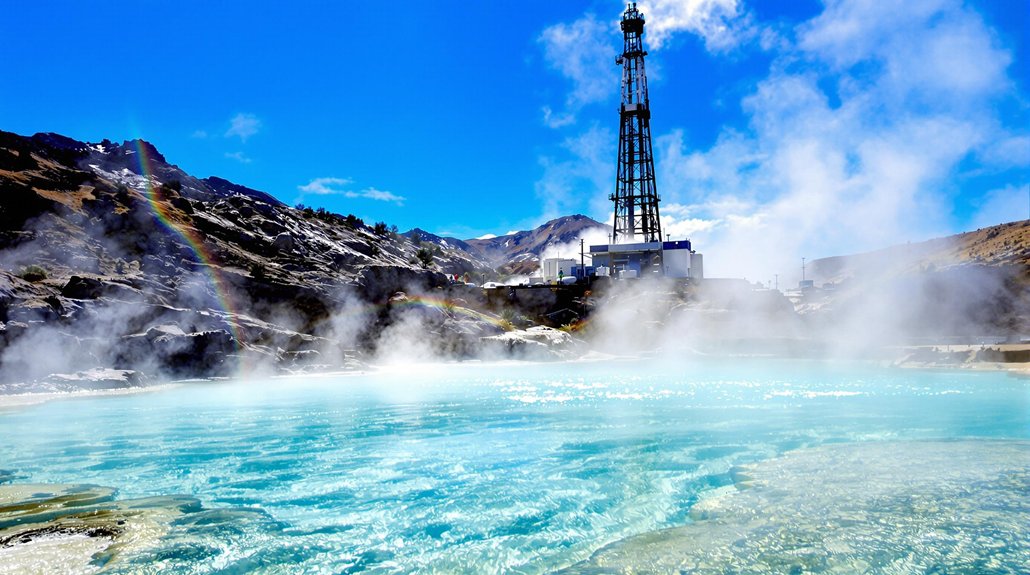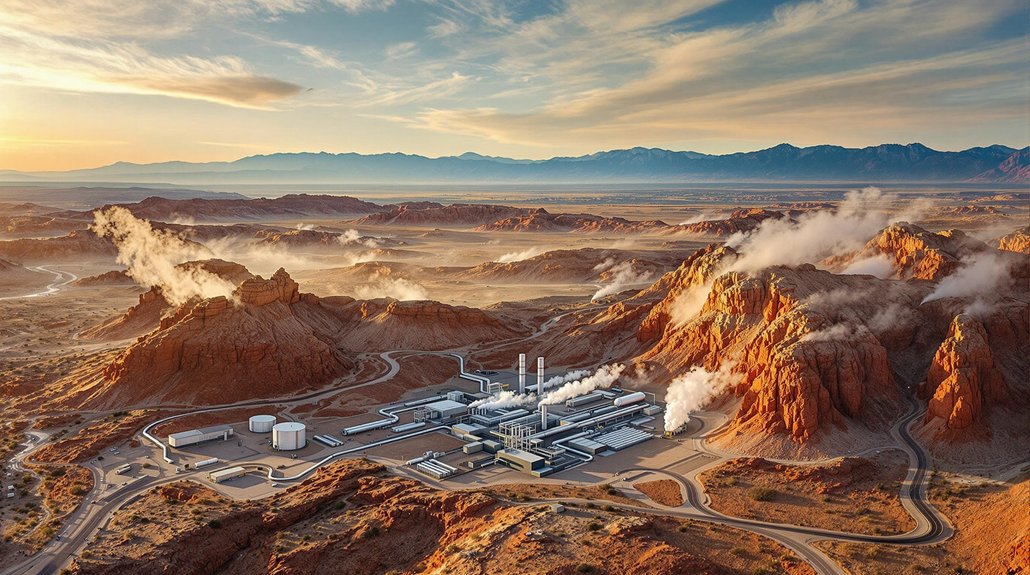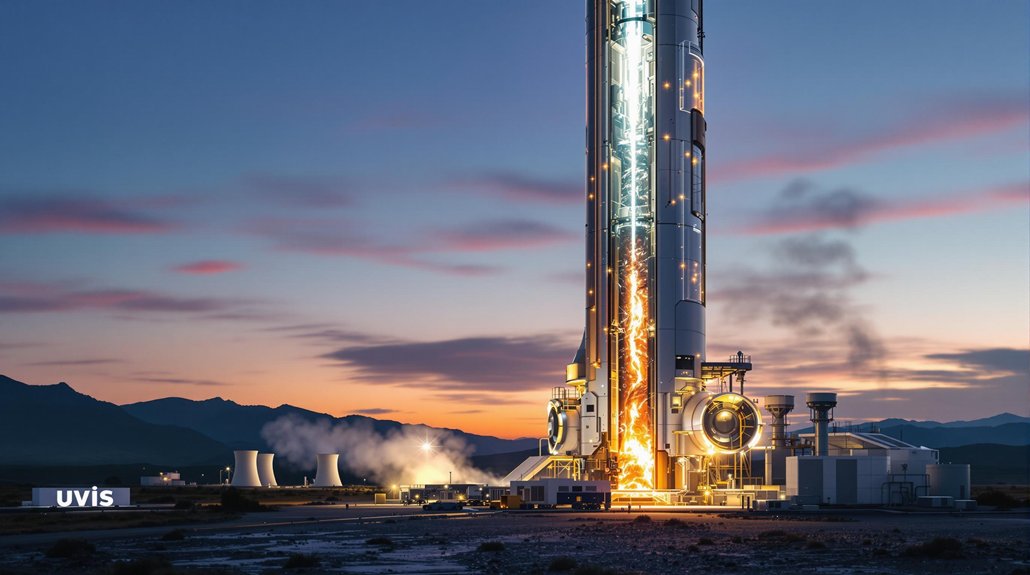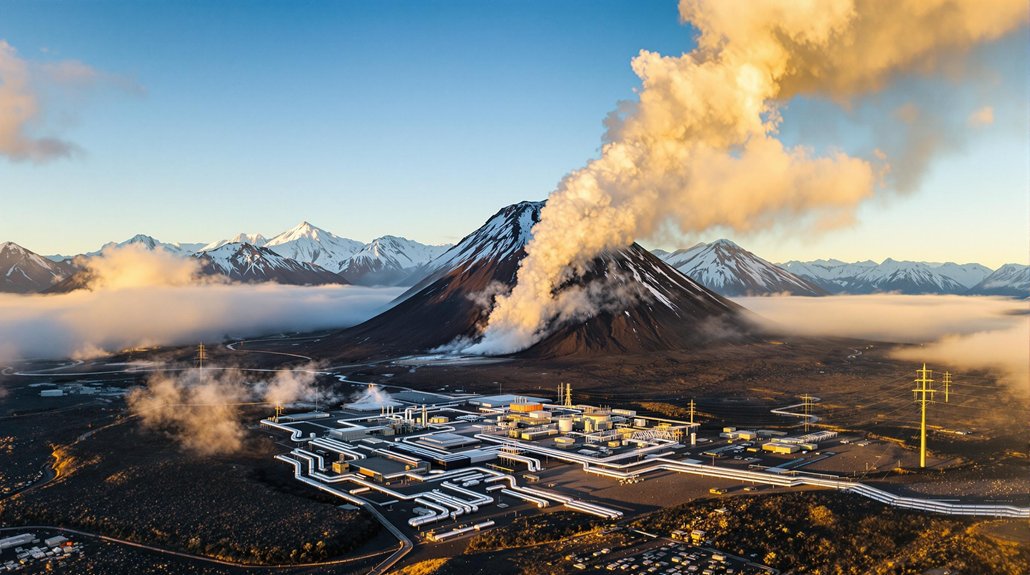Colorado’s ambitious “Heat Beneath Our Feet” geothermal initiative is clashing with hot springs tourism. The state’s $7.7 million push could generate 8 gigawatts of constant clean energy, but drilling might disrupt sacred tourist spots. Hot springs enthusiasts aren’t thrilled. New regulations aim to balance energy needs with tourism dollars, but the risk remains. Locals wonder: is constant power worth potentially draining the very attractions that draw visitors to Colorado? The battle’s just heating up.
While most Coloradans bask in over 300 days of sunshine annually, Governor Jared Polis has set his sights on what lies beneath their feet. The “Heat Beneath Our Feet” initiative, launched in 2022, aims to tap Colorado’s vast geothermal resources—a move that has some hot springs operators and tourists steaming mad.
Colorado sits on America’s second-largest heat flow anomaly, making it a geothermal goldmine. Great for energy. Not so great for the sacred bubbling tourist spots that bring in millions annually. The state has doled out $7.7 million in grants for geothermal projects already, with plans for way more.
Colorado’s geothermal jackpot sits beneath cherished tourist hotspots. $7.7 million in state grants already flowing, with more bubbling up soon.
The benefits sound impressive. Unlike flaky solar and wind that work only when nature cooperates, geothermal provides constant power. The system works by utilizing stable underground temperatures that remain consistent at 50 to 60 degrees year-round. It could generate up to 8 gigawatts of electricity in Colorado alone. That’s a lot of lightbulbs. And air conditioners. And whatever else people plug in these days.
The state’s already showing off its geothermal swagger. Colorado Mesa University uses it for 80% of heating and cooling. Even the State Capitol—first in the nation cooled by geothermal. Revolutionary. Or something.
But here’s the rub: drilling deep holes into thermal resources risks messing with existing hot springs. The same springs where tourists soak away their troubles (and dollars). Not to mention potential earthquakes. Small ones, but still. Earthquakes. Projects like Mt. Princeton geothermal plant have already sparked opposition from homeowners worried about scenic views and safety concerns. The extensive water consumption required for cooling and steam generation could further strain Colorado’s already limited water resources in its arid regions.
The economic impact cuts both ways. Sure, there’s job creation in drilling sectors and fancy tax credits worth $140 million. But what about tourism losses if iconic springs get drained or damaged?
Regulations are coming online fast. New rules for deep geothermal drilling just dropped in 2024. The Energy and Carbon Management Commission oversees the deep stuff, while the Division of Water Resources handles shallow operations.
The race to net-zero emissions by 2050 is on. But at what cost? Coloradans might soon discover that reaching for renewable glory means sacrificing some of nature’s existing hot wonders. Progress. It’s complicated.








